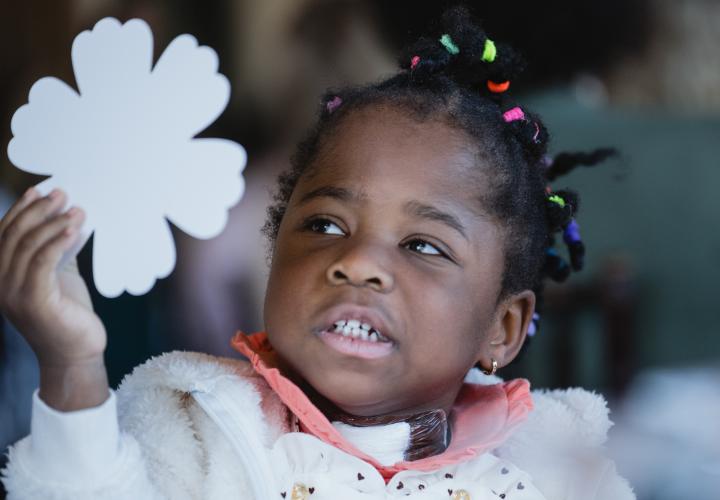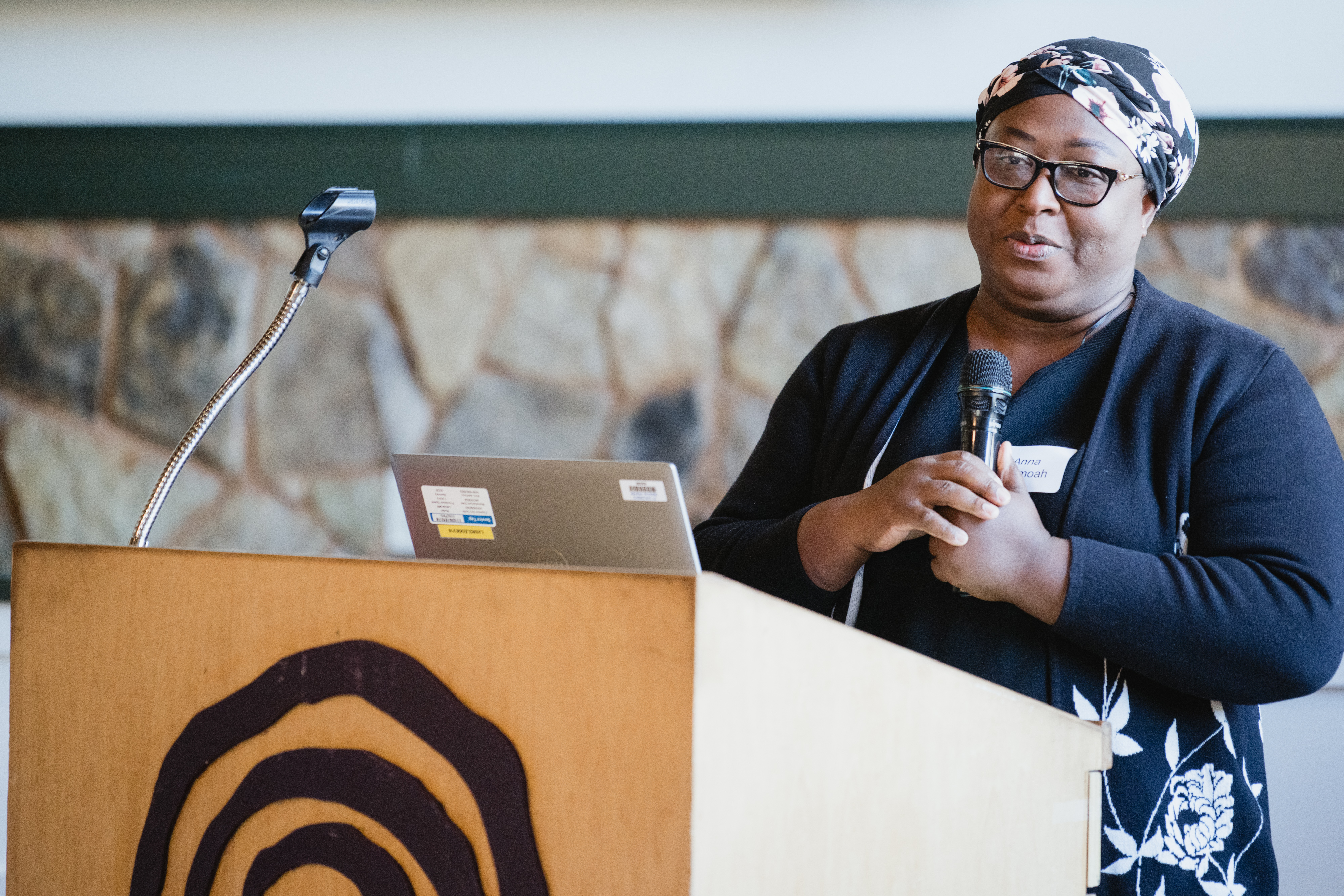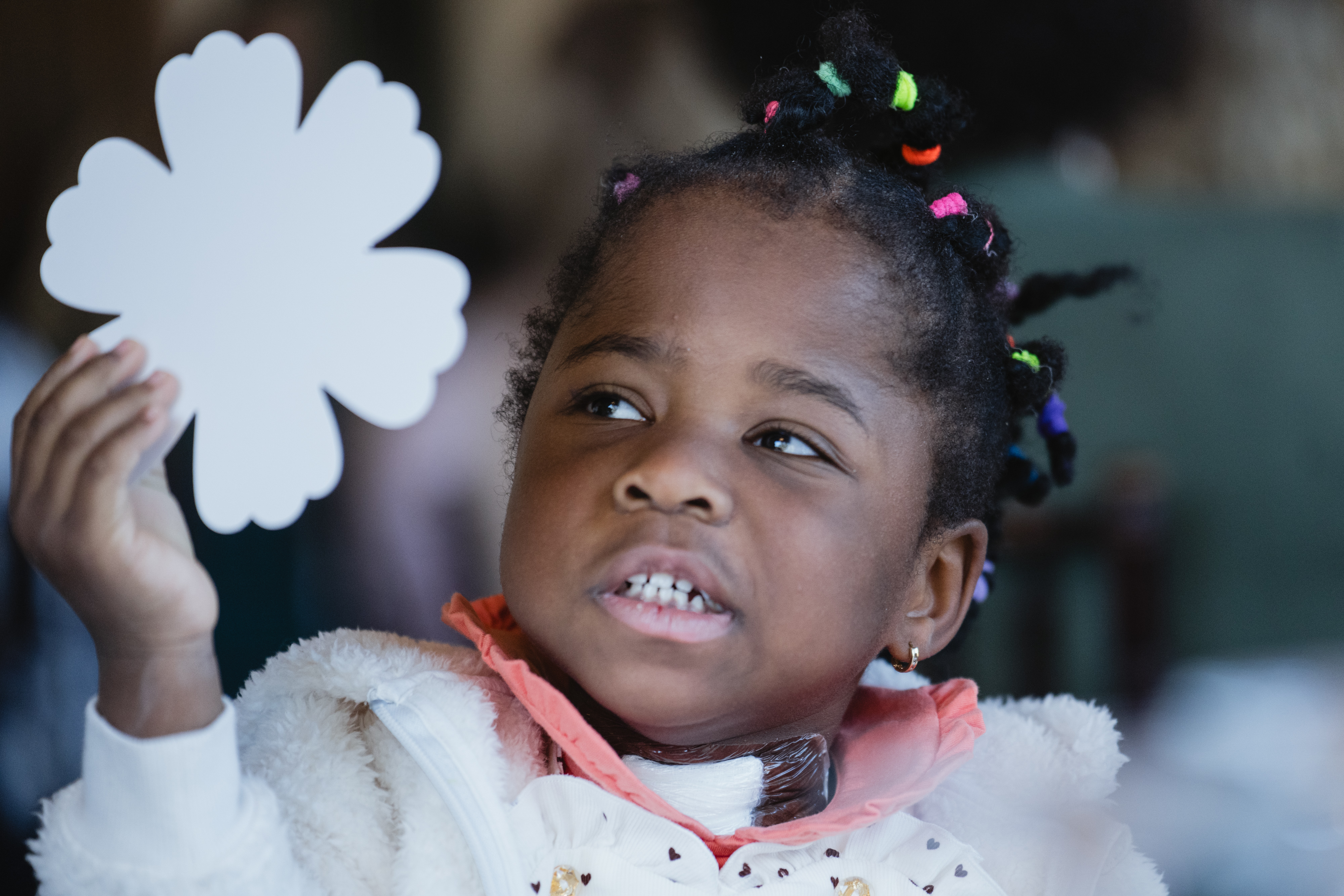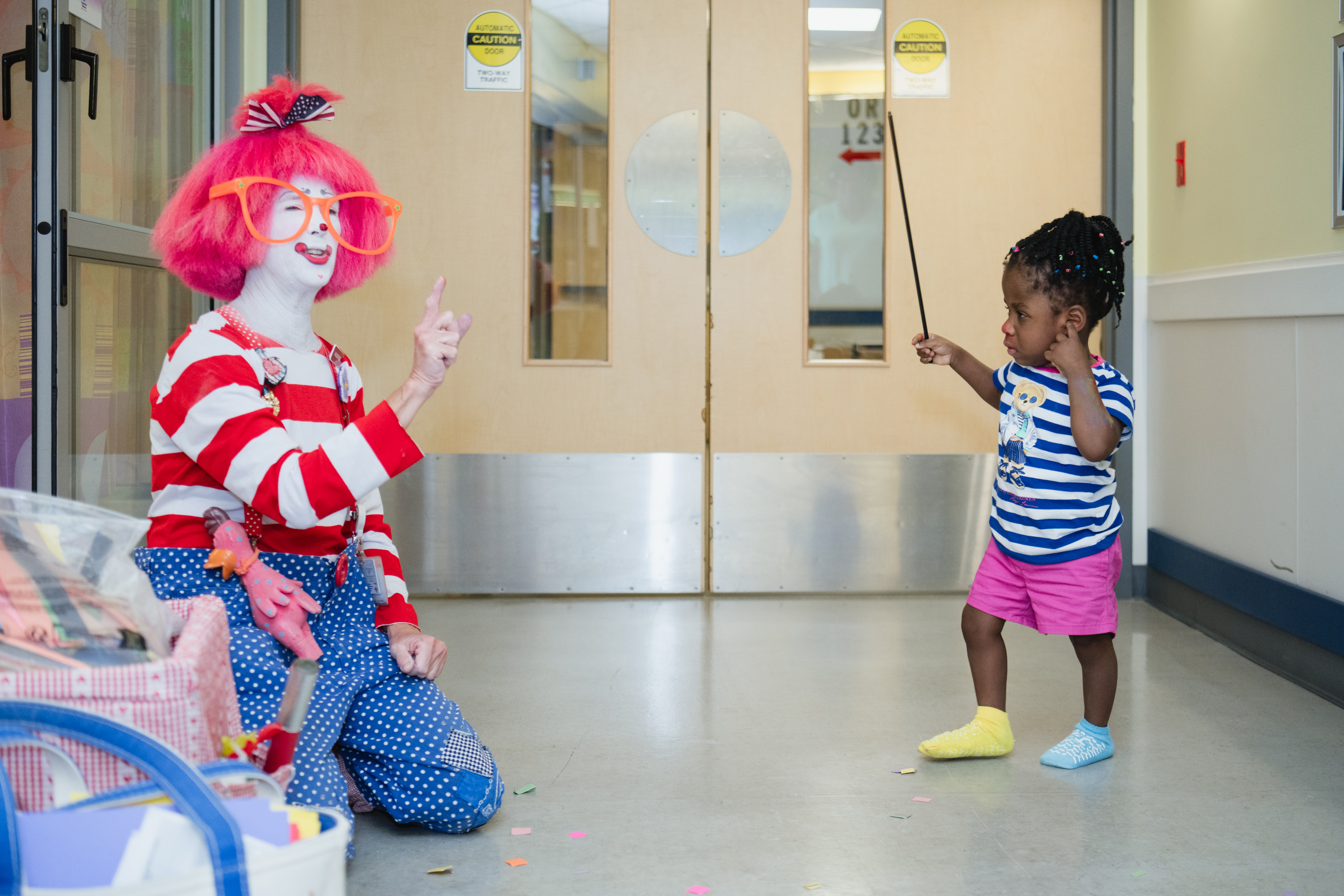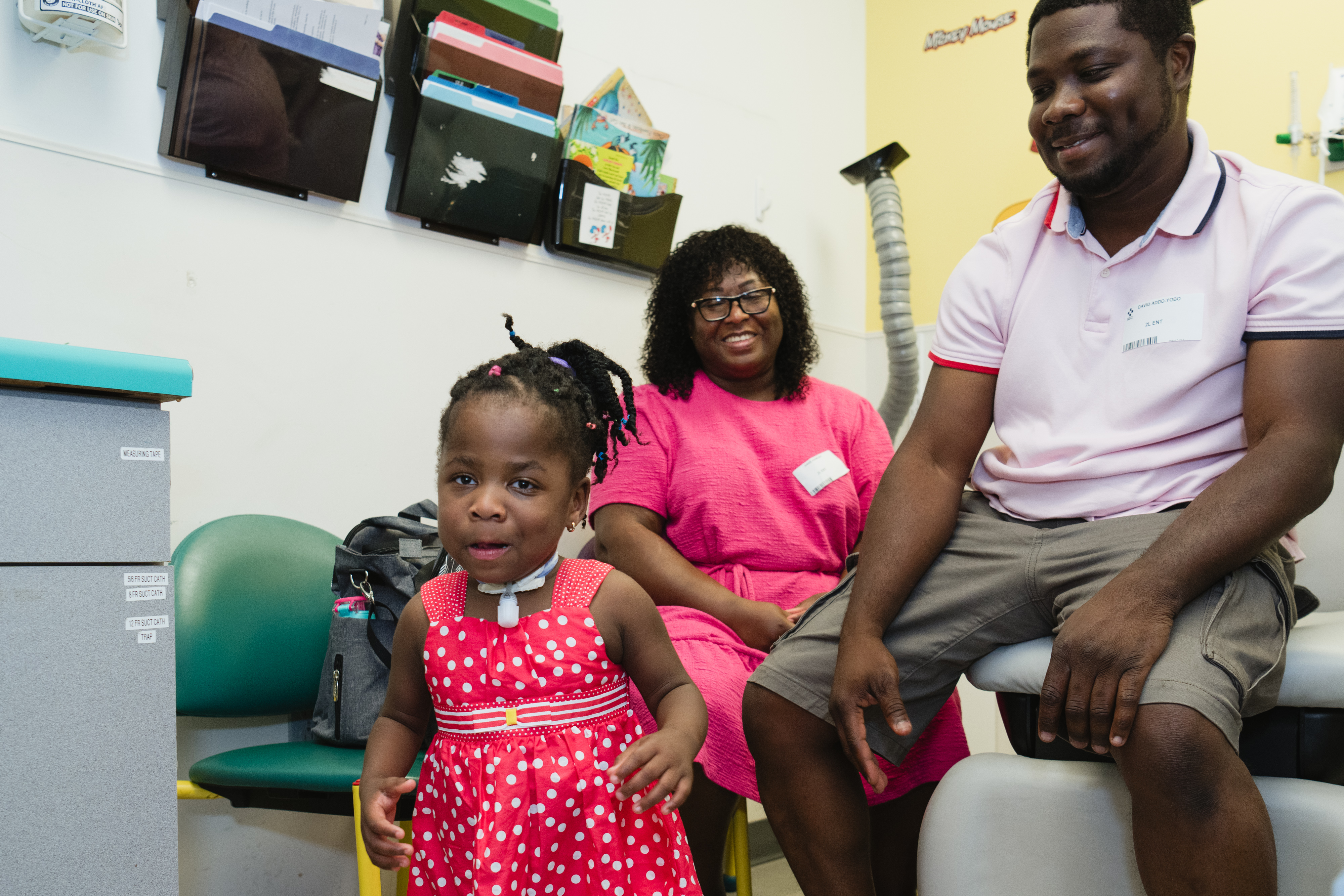“I want to help other kids thrive”
Today, a tiny scar on Mikayla’s throat is the only evidence of her dramatic health journey. She’s been discharged from nearly every specialty clinic at Connecticut Children’s, and sees her beloved pulmonologist, Haviva Veler, MD, just twice a year. (“Dr. Veler listens to Mikayla's lungs, and then Mikayla listens to Dr. Veler's lungs,” says Anna.)
Incredibly, despite how early she was born, Mikayla avoided many of the complications that commonly affect micro-preemies. Except for a gastrostomy tube (G-tube) for nutrition, she never needed surgery on her stomach, or her eyes. She was never readmitted to the ICU after discharge.
And now, at age 3 and a half, she’s focused on adventures far beyond the hospital — and for her family, far beyond imagination.
“She’s just like a normal kid! A very cheeky, sassy little kid,” says Anna. “The things that she does, the energy she has, the love she throws around — she’s just amazing. At this point, she’s already conquered so many tough things. She knows her own capabilities. She knows what she wants, and she goes for it.”
So does Anna. Inspired by Mikayla’s strength — and by the nurses who never gave up on her — Anna is now in nursing school.
“The nurses at Connecticut Children’s gave me the motivation to go back to school,” Anna says. “They made sure we didn’t give up hope. What they gave us — all that compassion, that support — I want to give to someone else. I want to help other kids thrive like my daughter has.”
She’s already started. At the request of care teams, Anna now speaks with other parents facing long, uncertain hospital stays. She shares Mikayla’s story, invites families to her home, and offers something she once needed herself: hope.
“I want them to know they’re not alone,” Anna says. “If I can help one more family believe their child can thrive — that’s what matters.”
